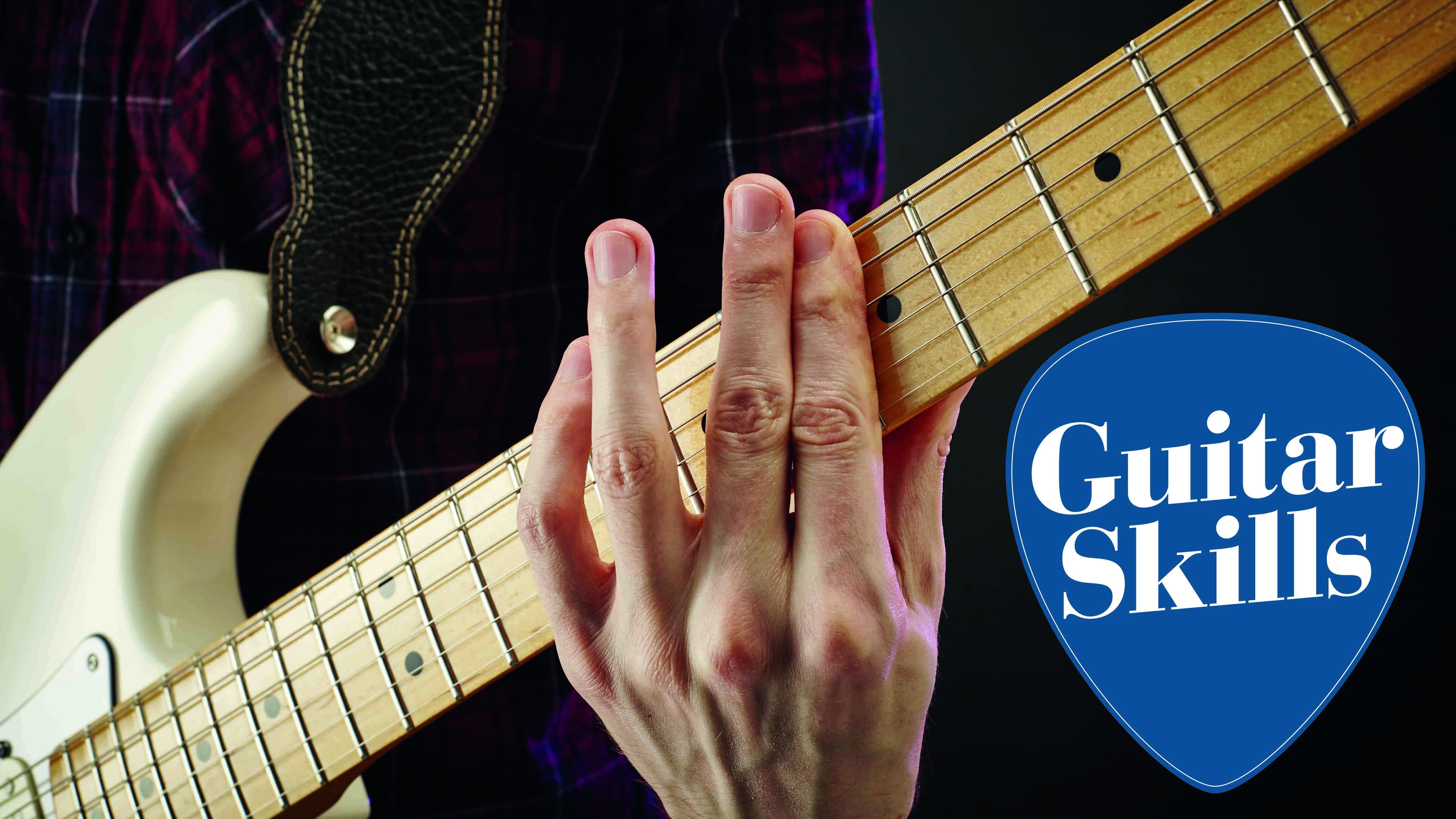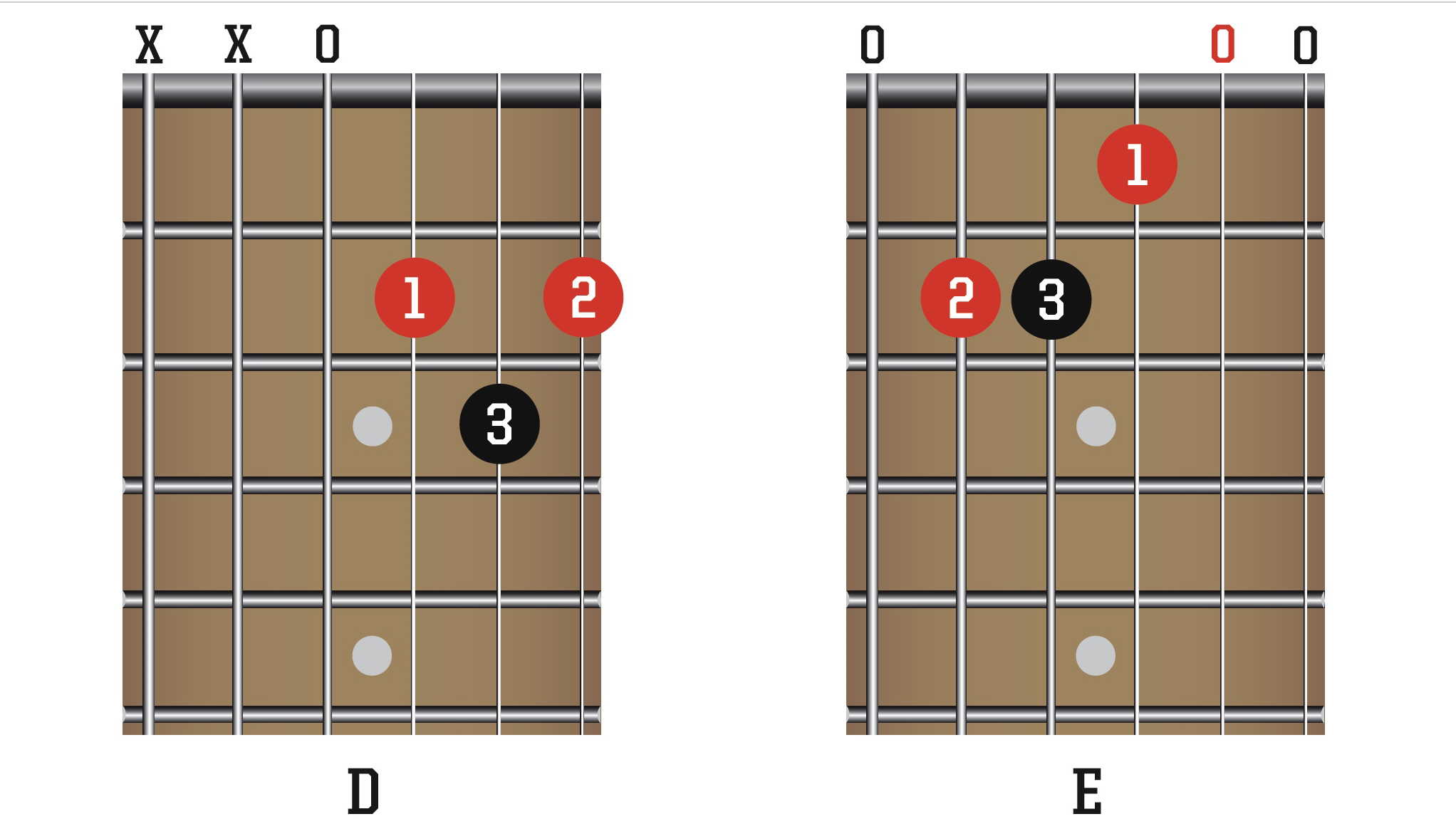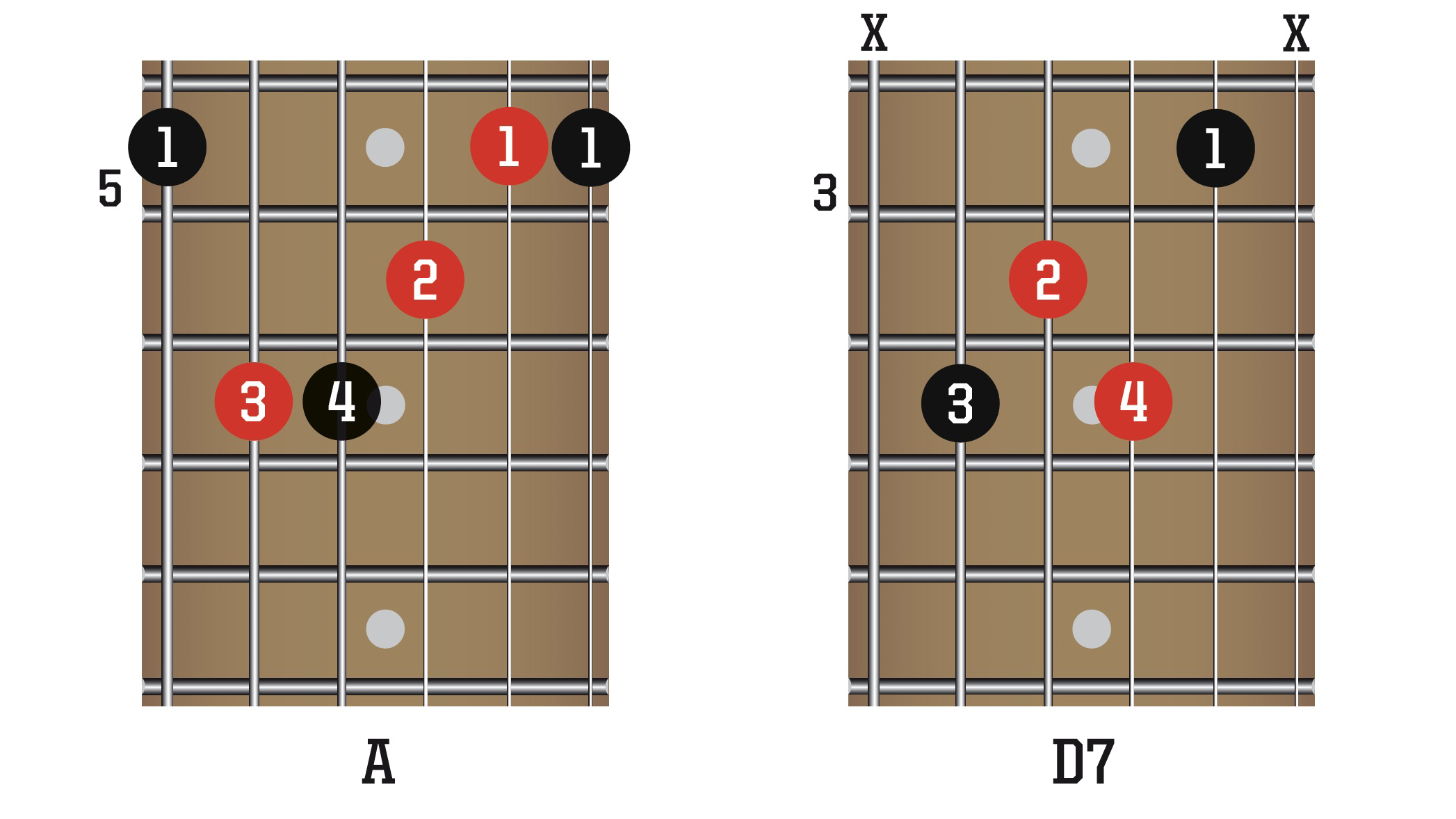These two simple guitar chord changes will improve your muscle memory
Start developing speed around the fretboard with an accessible lesson

Guitar skills: Although it sounds more like a gym exercise, muscle memory is a key part of learning the guitar. Read on and get guitar fit!
Experienced guitarists reading this feature will be familiar with the welcome sensation of your fingers intuitively knowing where to go on the fretboard when you’re playing a song you’ve spent time learning.
Equally, you’ll probably be all too familiar with feeling completely lost when you start learning a new piece of music. If you’re a beginner, you probably feel a bit lost with everything guitar-related! Don’t worry, it’ll pass.
Muscle memory is the process that bridges this gap. The simple act of repeating short, bite-sized pieces of music trains the muscles in your fingers to ‘remember’ the movements. From chord changes to challenging solos, the ‘start slow and gradually build speed’ mantra is guaranteed to help guitarists of every level improve.
D and E chord change

The idea here is to change repeatedly between D and E chords. We’re starting at a relaxed pace playing just one chord in every bar of music, before moving on to play two chords per bar, then finally four chords per bar. In real-world practice it’ll take a while to build up to four chords per bar.
A and D7 chord changes

Here, we’re moving on to two more advanced shapes: an A barre chord, and a D7 chord played between the 3rd and 5th frets on the guitar. Follow the same exercise as before, starting out with one chord in a bar, then doubling speed on two more occasions.
Get the MusicRadar Newsletter
Want all the hottest music and gear news, reviews, deals, features and more, direct to your inbox? Sign up here.
Total Guitar is Europe's best-selling guitar magazine.
Every month we feature interviews with the biggest names and hottest new acts in guitar land, plus Guest Lessons from the stars.
Finally, our Rocked & Rated section is the place to go for reviews, round-ups and help setting up your guitars and gear.
Subscribe: http://bit.ly/totalguitar










